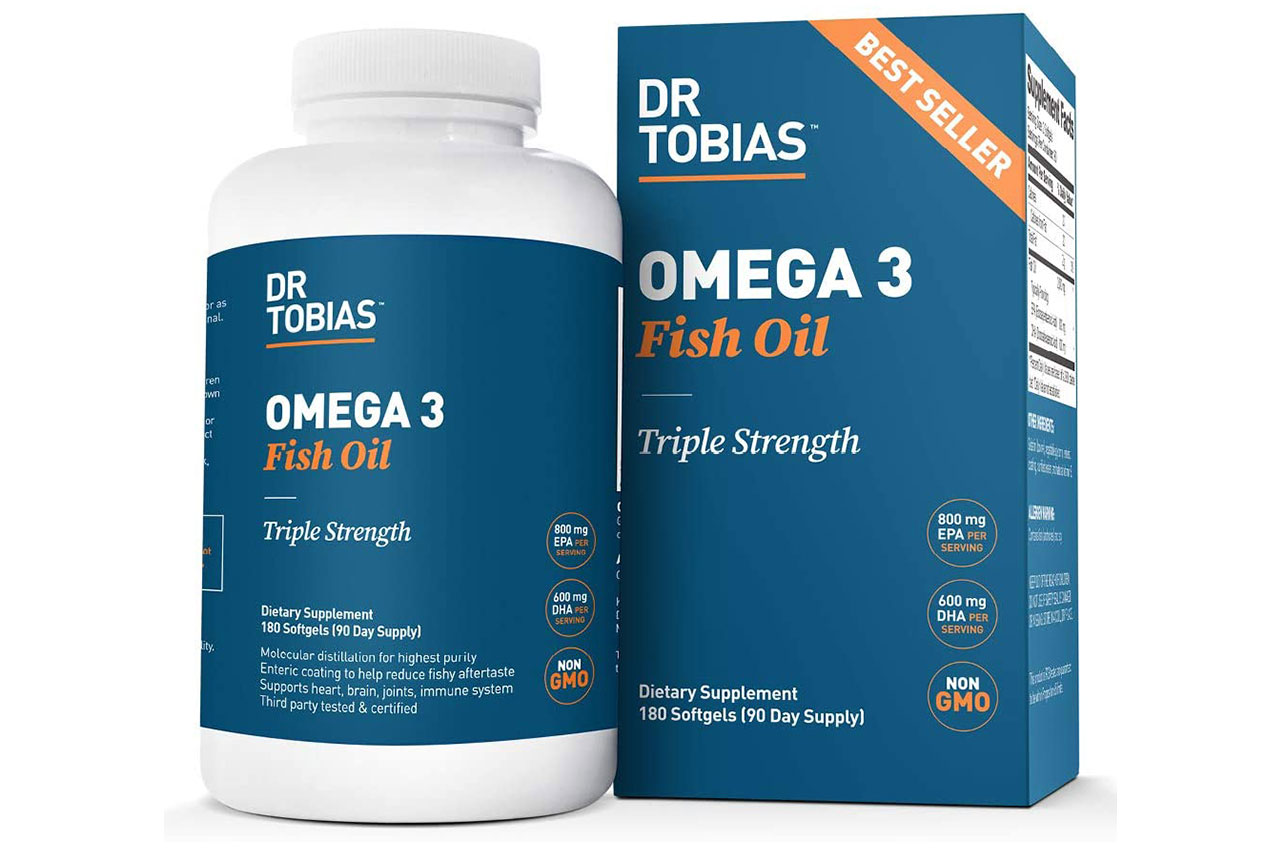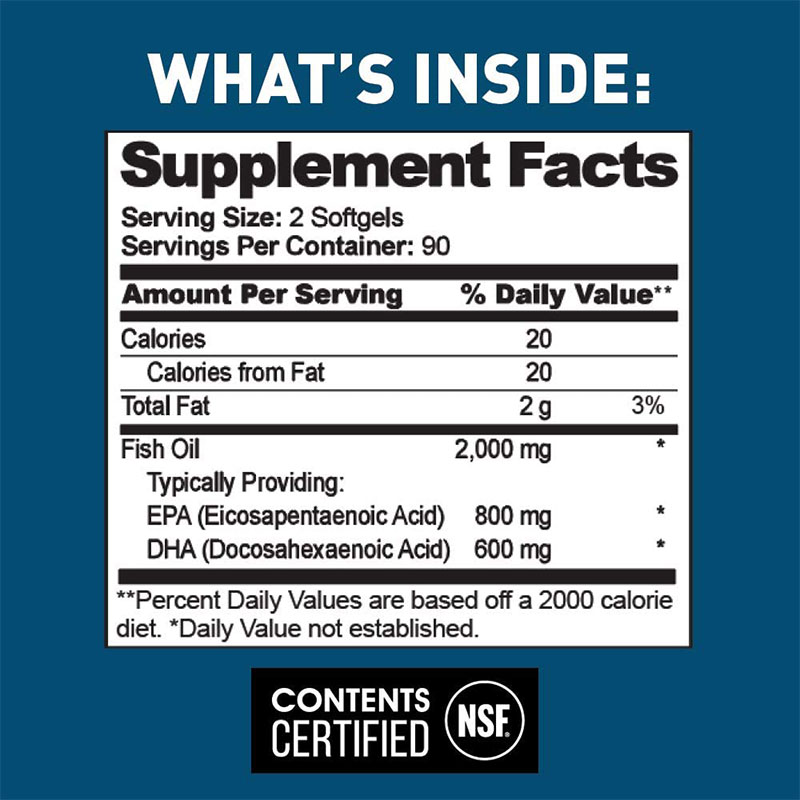This supplement has been popular among trainees, mainly because of its immunity regulating properties.
What Are Omega-3 Acids?
They are actually in a group of nine polyunsaturated fatty acids, as the most important ones are the alpha linolenic acid, eicosapentaenoic acid and docosahexaenoic acid.
The common thing between those 3, which puts them in the same group is the double carbon bond on the Omega-3 position in their molecular structure.
What Should We Know About Omega-3?
These fatty acids are called essential fatty acids, simply because the human body does not synthesize them from non-essential substances and they play a key role in many bio-chemical processes in the body.
It is known that the body synthesizes omega-3 faster than omega-6 if both synthesis are happening simultaneously.
So, what’s the common thing between omega 3 and 6? It lies in the fact that both groups of fatty acids play key roles in the chemical synthesis of molecules, called eicosanoids.
These molecules have short-lasting signal functions for a number of bodily processes. Cells are able to communicate with each other thanks to these molecules.
The signal network of eicosanoids mostly reaches to the immune and nervous system, but also plays role in the communication of damaged tissues, like wounds, inflammation and others.
Different Omega 3 fatty acids play a role in the synthesis of eicosanoids, which have opposing functions to the ones synthesized by omega 6.
This means the body must have a balance between both essential fatty acid groups.
Generally, these are the most important omega-3 functions
- They are a big part of the cell membranes’ building blocks
- They regulate the immune system along with the omega 6 fatty acids
- They regulate inflammation processes and their recovery
- Omega-3 fatty acids take a big part in the communicational processes between the cells
What Are Omega-3 Fatty Acids Used For?
They are mainly used because of these proven effects upon the organism:
- They reduce blood clotting, hence protecting the heart from a stroke
- They expand blood vessels, hence reducing blood pressure
- They suppress inflammations
Side Effects Of Omega-3 Fatty Acids
Now, unless you have an allergy or take excessive quantities of Omega-3, you will not notice any side effects of the use.
Taking more than the recommended dosages may lead to a disruption in the balance of Omega-3 and Omega-6.
Insufficient amounts of omega-6 may lead to side effects like increased bleeding after a cut/wound, due to the inability of the blood to clot.
Omega 3 fatty acids reduce the glycemic control in people with diabetes.
How To Dose Omega-3?
Usually, the recommended upper limit for the daily dose of Omega-3 is around 3000 mg (3g), and the recommended doses for males and females are around 1.5g and 1g respectively.
How To Take Omega-3?
Take Omega-3 before, with or after food and consider the fact that the best time to take them is in the morning, with the breakfast.
Keep in mind that you should isolate your omega-3 intake, as the combination between it and supplements like antioxidants can reduce the effectiveness of both of them.
Which Other Supplements Contain Omega-3?
Omega-3 fatty acids are the most common ingredient of complex essential fatty acids (EFA) formulas, along with omega 6 and 9 fatty acids.
The packs with vitamin, minerals, amino acids and EFA also contain a fair amount of Omega-3.
For such products, each ingredient is taken separately according to a scheme, to avoid the undesired reactions between Omega-3 and other substances, which we mentioned above.



